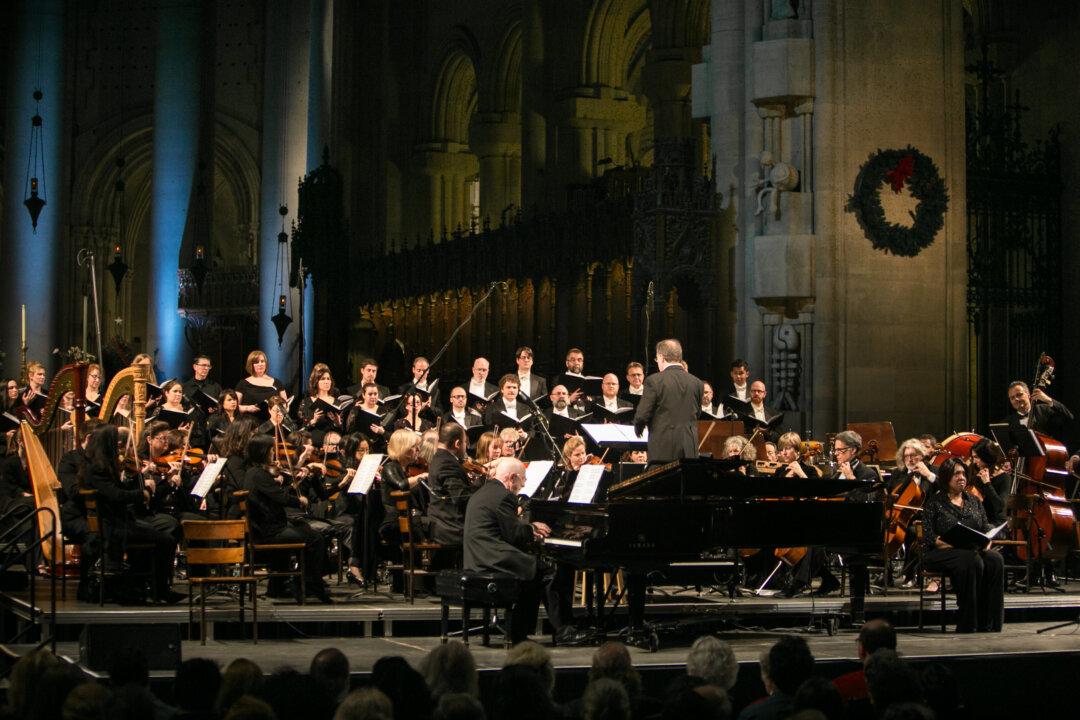NEW YORK—An incomprehensible hate crime can leave us emotionally paralyzed. In the aftermath of a tragedy, a big “Why?” can remain hovering indefinitely or it can transform into something that gives us the courage to move on with our lives.
The mass shooting during a bible study class at the Emanuel African Methodist Episcopal Church (Mother Emanuel) in Charleston, South Carolina, on June 17, 2015, left many in shock and in deep grief. Just two days after, the loved ones of the nine people killed gave a powerful message of forgiveness at the arraignment, creating a ripple effect throughout the nation.
“You took something very precious away from me. I will never talk to her ever again. I will never be able to hold her again. But I forgive you. And have mercy on your soul.”—Nadine Collier, daughter of one of the victims, 70-year-old Ethel Lance, at the Charleston courtroom on June 19, 2015
Victoria and Robert Sirota felt that ripple very strongly and decided to respond. They believe their job, as artists, is to create music that sensitizes. When beautifully performed, it can help people transition from grief to peace in a most sublime way.






